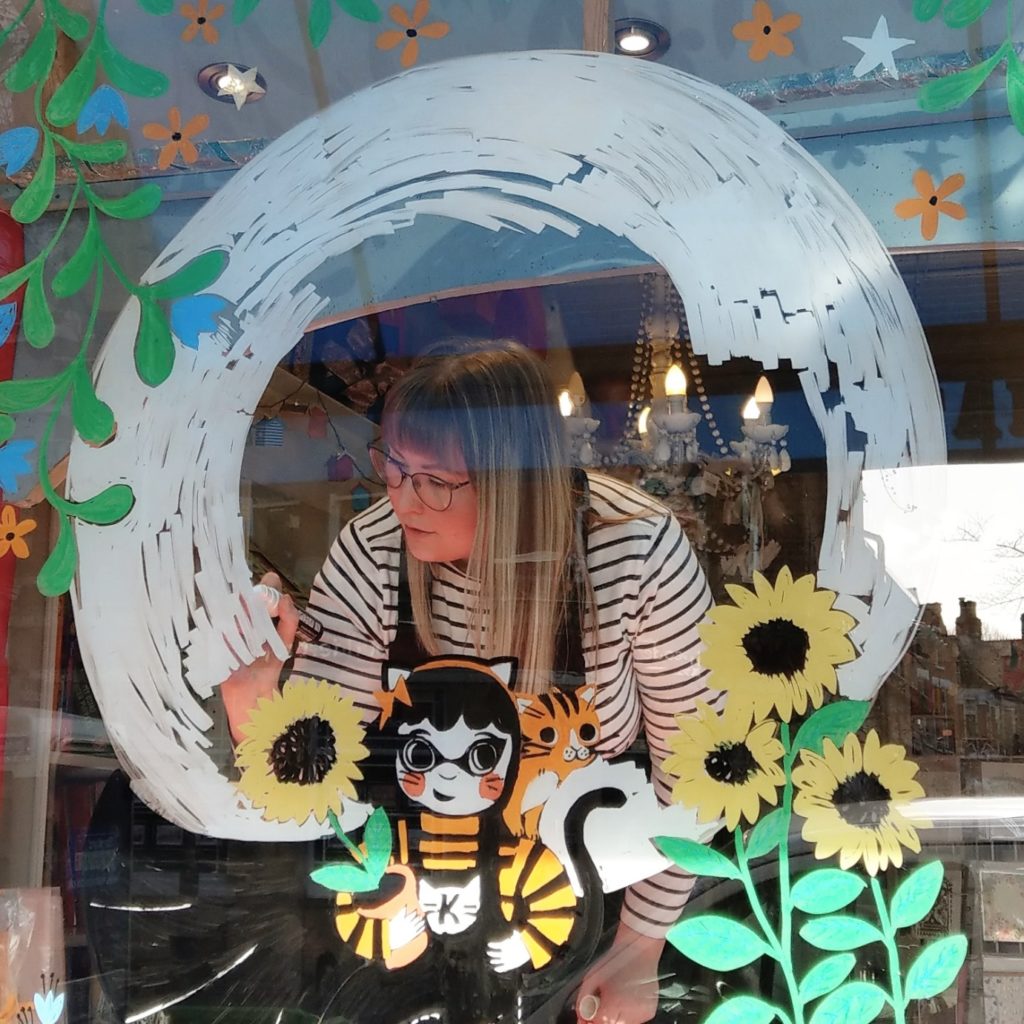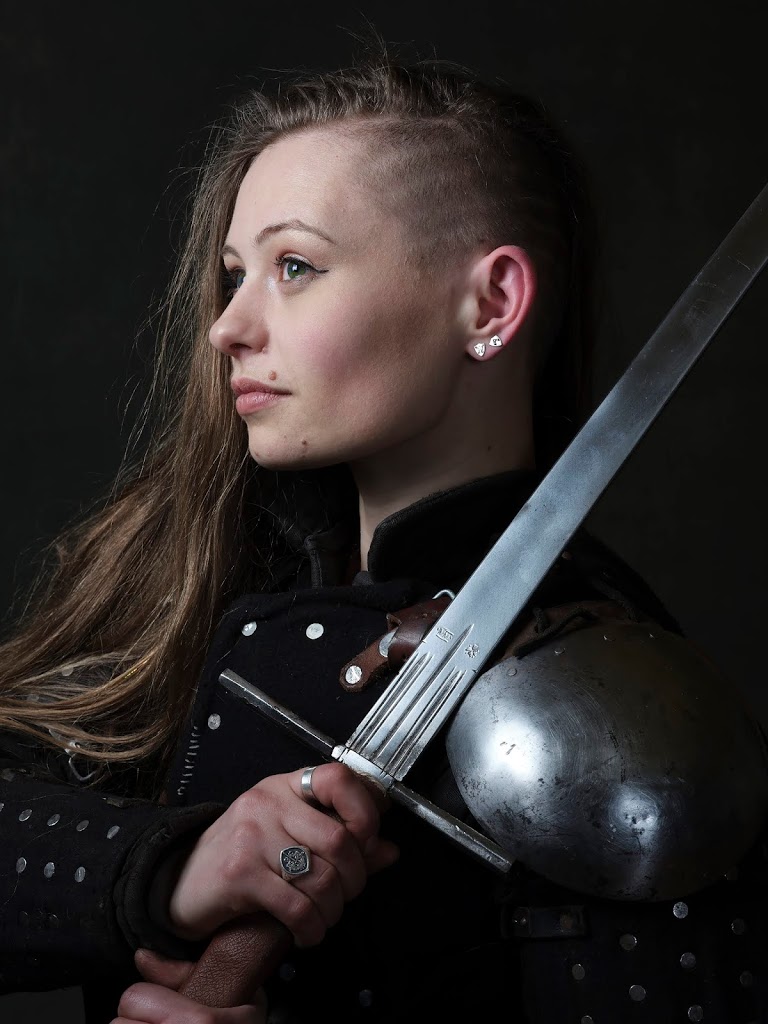Congratulations on your new position as Principle Instructor in Advanced Painting, how did you come to find yourself at The Florence Academy of Art?
In the first instance Jamie Coreth asked me to give a lecture (back in February this year) and things moved quite quickly from there. The whole ‘family’ at FAA, from Daniel and Susan through to the first year students, have been incredibly welcoming and supportive from day one.
Where did you train?
I got an MA in Art History at the University of St Andrews and trained as a painter under Charles H. Cecil and I am learning a lot in the new environment.
What is more important – teaching or your art?
I like to think that they feed into one another. The instructor learns too because teaching constantly forces you to evaluate your own approach and to clarify your thinking. Another great thing about teaching is that it puts you in a community, one that supports you and can act as a sounding board. If I just lived between my apartment and studio I might go nuts!
Having a guaranteed income also lightens the economic pressure and allows me more freedom with my work- most artists have to compromise either on time (teaching) or with subject matter (to sell their work).
Finally to come at it from the other side- my teaching is constantly informed by my successes and failures as a painter and the more experience I get the better I will be able to help and advise the students.
What do you look for in the sources of your work? What do you like to paint?
There is nothing specific, although I believe that the human face is a thing of timeless interest. Almost from the moment we are born we spend so much time trying to work out who we are and how we relate to other people via facial expressions. If I got bored of looking at faces/heads I would be worried about what that would say about me as a person, my sense of inquiry and empathy.
The painters I most admire are Titian and Rembrandt. Through their work they explored what it means to be human, and all the wondrous mess that goes with it. I share studio space with two other painters: Tanvi Pathare and Amy Moseley, working alongside them is a constant source of inspiration and encouragement. The initial spark for a painting can come from anywhere and in that way I value friends who are not painters as they can prompt me to do different things and see the world from outside the studio related bubble.
How close do you try to get to techniques and materials of the past?
It is not an all encompassing obsession but quite a lot of the materials I use, like lead white, have not been adequately replaced by more recent attempts to find equivalents. When painting I really try to find my own way and then, when I get stuck my first instinct is to look and see if there might be a way out hinted at in the work of the painters I most admire- and that applies to technical as well as aesthetic problems.
Is it important to you to be painting and teaching in Florence? Has that influenced the way you work?
I knew when I was 16 that I wanted to paint and live in Florence. There are the obvious things like the beauty of the physical environment. Related to that is the relative absence of advertising, compared to London where I grew up. You are not constantly aware of what you don’t have/think you want and I think that material detachment does feed into some of the artistic choices that are made in the studio. It is also a city on a human scale and I believe that affects life in the city in a positive way, it is a small city where you can meet talented and motivated people from all over the world.
What is significant about depicting modern life in an old style?
Nothing in itself. Style is probably the last thing that I think about when I am working. The lighting in the pictures depends on the way I set up my studio- often using a small aperture of light. Light and shade helps me to understand the form and structure of what I am painting but it also helps me to communicate things about the subject that cannot be done through line and colour. It is as much about honouring an ambience – one that is generally stable but still subject to constant small changes- as copying what is there.
Your portraits nod considerably towards an art historical tradition and yet notably depict modern people. Have facial types changed?
I don’t think so. If you look at drawings by Holbein, for example, the faces look incredibly ‘modern’, other artists seem to present their vision through a more obvious veil of style – especially when depicting women. Notions of what is beautiful and ideal have changed significantly, even in recent times – look at the bone structure of the faces chosen to go on the covers of Vogue Magazine fifty years ago and today.
How do you feel painting sits in the modern world of art production? How can it still be relevant?
I believe very strongly that (oil) painting is a medium capable of communicating everything from the simplest idea (e.g. Rubens painting his daughter) to the most profound and nuanced concepts (e.g. Sistine Ceiling). That was the case in Ancient Greece, Renaissance Italy and is still the case today. I don’t think it needs to try to be relevant, if painters work with honesty and integrity then their work will always reflect themselves and their own time. The act of painting, particularly representational painting, is also connected with tradition and a work that can dialogue with the past and say something personal and real in the present has a richness that few other art forms can match.
This post is illustrates with images of Thomas teaching and some of his art work, all courtesy of Thomas Richards








